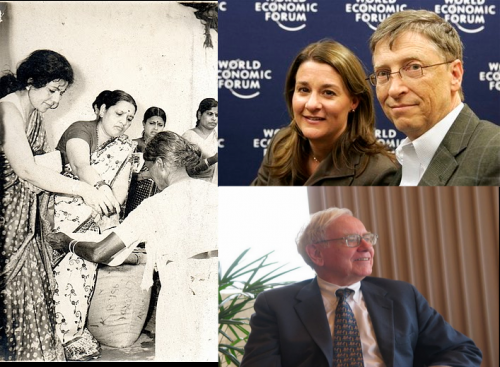The succour provided my cousin’s comfortable shelter from an obstinate mid-monsoon Malabar thunderstorm was disrupted by the full screen graphic text on a popular English language news channel. ‘BREAKING NEWS: THREE BLASTS ROCK MUMBAI’. Instinctively I paused. Even as I was cranking up the volume, a fast-clipped high-pitched narration of a near-breathless male voice consumed all attention. ‘Three simultaneous explosions have been reported at three separate locations in Mumbai and we are awaiting further information about the nature and intensity of the blasts’. Without a moment’s pause, the voice proceeded to paraphrase the same over and over again for the next few minutes. The full-screen textual graphic announcing the ‘breaking news’ vanished every few seconds and reappeared letter by letter, plastering itself to announce the grim news yet again. The announcer remained hidden from view. The feverish pace of the narrator combined with fast changing graphic visual succeeded in maintaining a perception that fresh news was being delivered every second. The pressure to deliver some new information was also taking it’s toll on the news reader probably because his time was running out too. The channel’s star news reader must have been on his way to replace him. This, to me, was yet another instance to reflect on the age of brash shameless opportunism.
In cases of emergencies at places of public gathering, crowds are urged to exit in a calm and orderly manner. This is the most assured method of evacuating quickly and without substantial physical damage. This has been a universally accepted idea. One that is gaining newer adopters. However, this idea constrains itself to physical harm only. What about mental anguish? Is that not important? The news channels cause a virtual stampede on the airwaves in their efforts to deliver fresh and exclusive news to it’s viewers. Veracity goes undetected as yet another victim of the macabre. It seems that the considerations afforded to how speech and visuals could negatively impact someone is being neglected each passing day in favour of a better shield for the physical. ‘Mind over matter’ has become just another convenient cocktail catchphrase.

